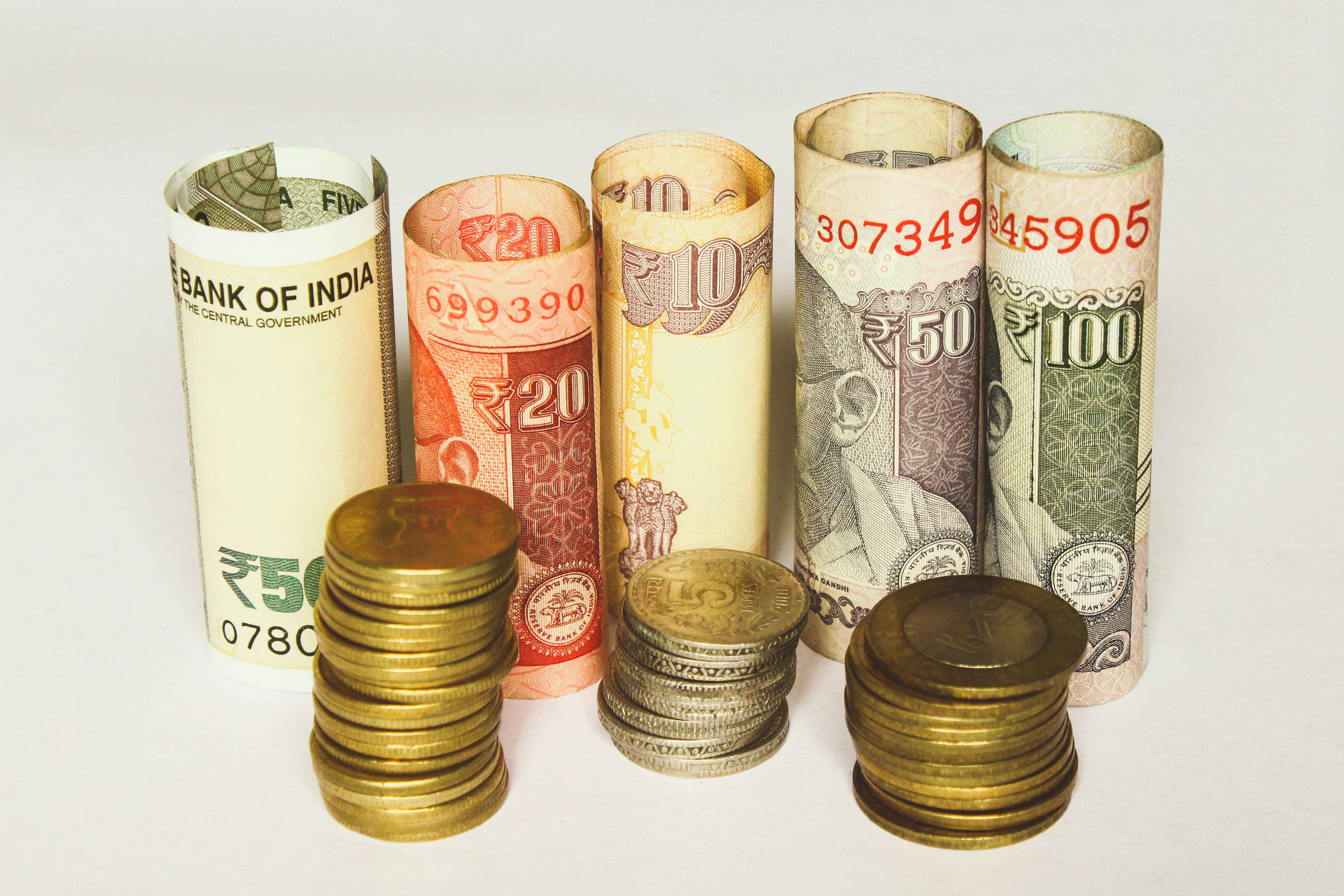Subprime loans are a category of loans offered to borrowers who have lower credit scores or limited credit history, making them a higher risk for lenders. These loans often come with higher interest rates and less favourable terms compared to prime loans, which are reserved for borrowers with excellent credit. Subprime loans can provide access to credit for individuals who might otherwise be unable to secure financing, but they also come with significant risks and costs.
Get a personal loan completely on your terms. Apply for an instant loan from Airtel Finance with the Airtel Thanks app. Low interest rates, low processing fees, and just extremely convenient!
Understanding Subprime Loans
Subprime loans are designed for individuals with credit scores below the prime range, typically under 620. Lenders offer these loans as a way to extend credit to a broader range of borrowers, but the higher risk of default is compensated by higher interest rates and fees. Subprime loans can be found in various forms, including mortgages, auto loans, and personal loans.
Why Are Subprime Loans Offered?
Lenders offer subprime loans to meet the demand for credit from borrowers who do not qualify for prime loans. By charging higher interest rates, lenders can mitigate the risk of default associated with lending to individuals with poor credit histories. Additionally, subprime loans can be a profitable segment for lenders due to the higher interest rates and fees.
Read more: Ways to check your credit score online
Types of Subprime Loans
Subprime loans come in several forms, each catering to different borrowing needs. Understanding the various types of subprime loans can help borrowers make informed decisions about their financial options.
Subprime Mortgages
Subprime mortgages are home loans offered to borrowers with low credit scores. These mortgages often come with higher interest rates and may have adjustable-rate terms, meaning the interest rate can change over time. Subprime mortgages played a significant role in the 2008 financial crisis due to high default rates, leading to stricter regulations and lending standards.
Subprime Auto Loans
Subprime auto loans are used to finance the purchase of a vehicle for borrowers with poor credit. These loans typically have higher interest rates and shorter repayment terms compared to prime auto loans. While subprime auto loans can help individuals secure transportation, the higher costs can lead to financial strain if borrowers are unable to keep up with payments.
Subprime Personal Loans
Subprime personal loans are unsecured loans offered to borrowers with low credit scores. These loans can be used for various purposes, such as consolidating debt, covering emergency expenses, or financing major purchases. Due to the higher risk, subprime personal loans come with elevated interest rates and fees, making them a costly borrowing option.
Read more: Income impacts on your credit score – personal loan

Benefits of Subprime Loans
Despite the higher costs, subprime loans offer several benefits that can be valuable for borrowers with limited credit options.
Access to Credit
One of the primary benefits of subprime loans is providing access to credit for individuals who might otherwise be denied financing. This access can be crucial for borrowers needing funds for essential purchases or emergencies.
Opportunity to Improve Credit
Subprime loans offer borrowers the chance to improve their credit scores by demonstrating responsible borrowing behaviour. Making timely payments on a subprime loan can help rebuild credit and eventually qualify for better loan terms in the future.
Flexibility in Loan Terms
Subprime loans often come with more flexible terms compared to prime loans. Lenders may be willing to work with borrowers to structure repayment plans that fit their financial situations, providing some level of customization and accommodation.
Read more: How to maintain a healthy CIBIL score?
FAQs About Subprime Loans
What is the difference between subprime and prime loans?
Prime loans are offered to borrowers with high credit scores and come with lower interest rates and more favourable terms. Subprime loans, on the other hand, are extended to borrowers with lower credit scores and have higher interest rates and less favourable terms to compensate for the increased risk of default.
Can I refinance a subprime loan to get a better rate?
Yes, borrowers can refinance subprime loans if their credit scores improve or if they find a lender offering better terms. Refinancing can help lower interest rates and reduce monthly payments, making the loan more affordable in the long run.
How can I avoid predatory lending practices with subprime loans?
To avoid predatory lending practices, borrowers should thoroughly research lenders, compare loan offers, and read all terms and conditions carefully. It is also advisable to seek recommendations from trusted sources and consult with financial advisors before committing to a loan.
Are there alternatives to subprime loans?
Yes, there are alternatives to subprime loans, such as credit unions, peer-to-peer lending, and secured loans. These options may offer more favourable terms and lower interest rates for borrowers with poor credit.
Read more: Top 7 benefits of personal loans you must know
Conclusion
Subprime loans can provide essential access to credit for individuals with lower credit scores, but they come with significant risks and costs. Understanding the various types of subprime loans, their benefits, and their limitations can help borrowers make informed decisions about their financial options. While subprime loans offer a pathway to credit, borrowers should carefully consider the long-term implications and explore alternative solutions where possible.


 Get App
Get App  Airtel Store
Airtel Store  Login
Login 


